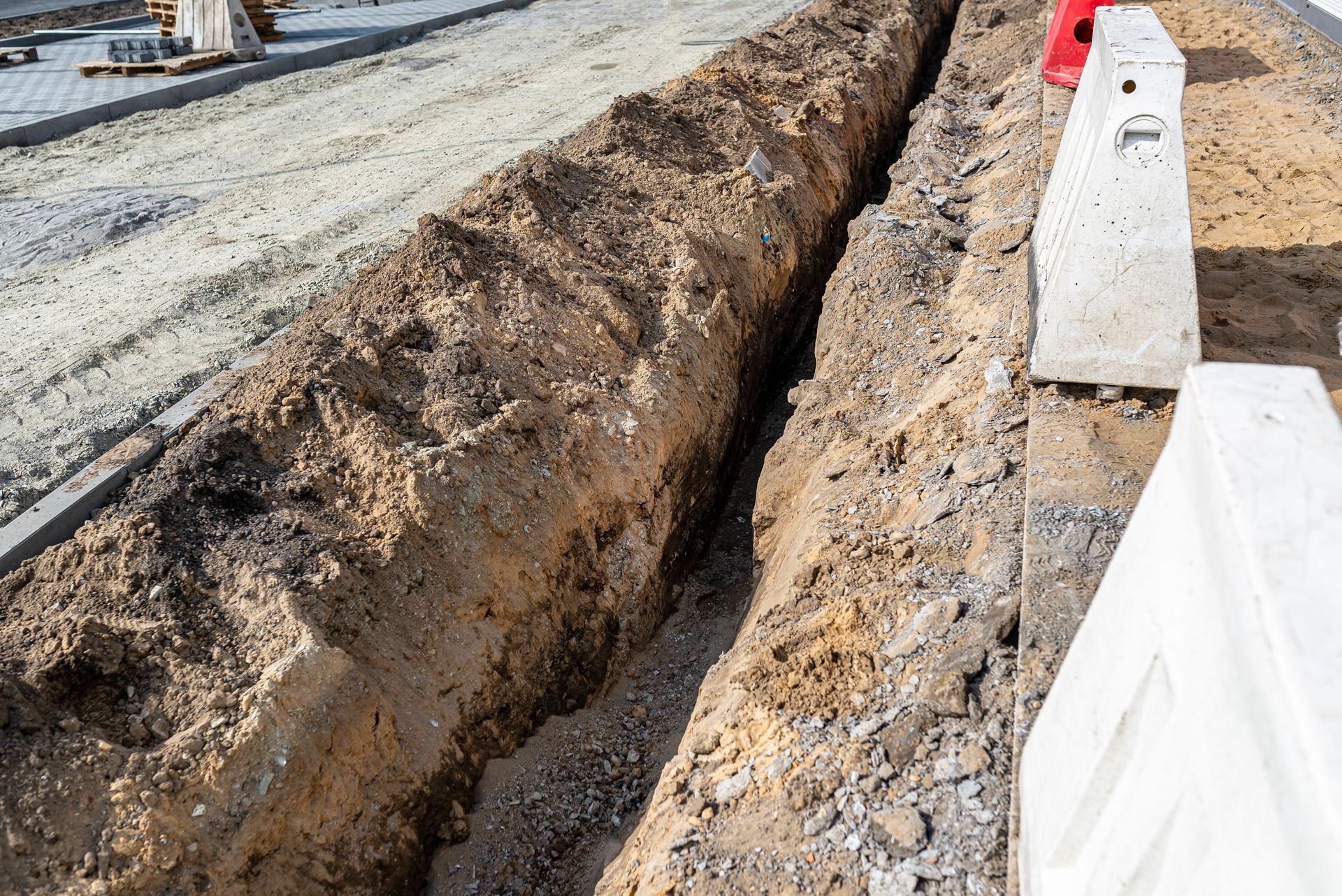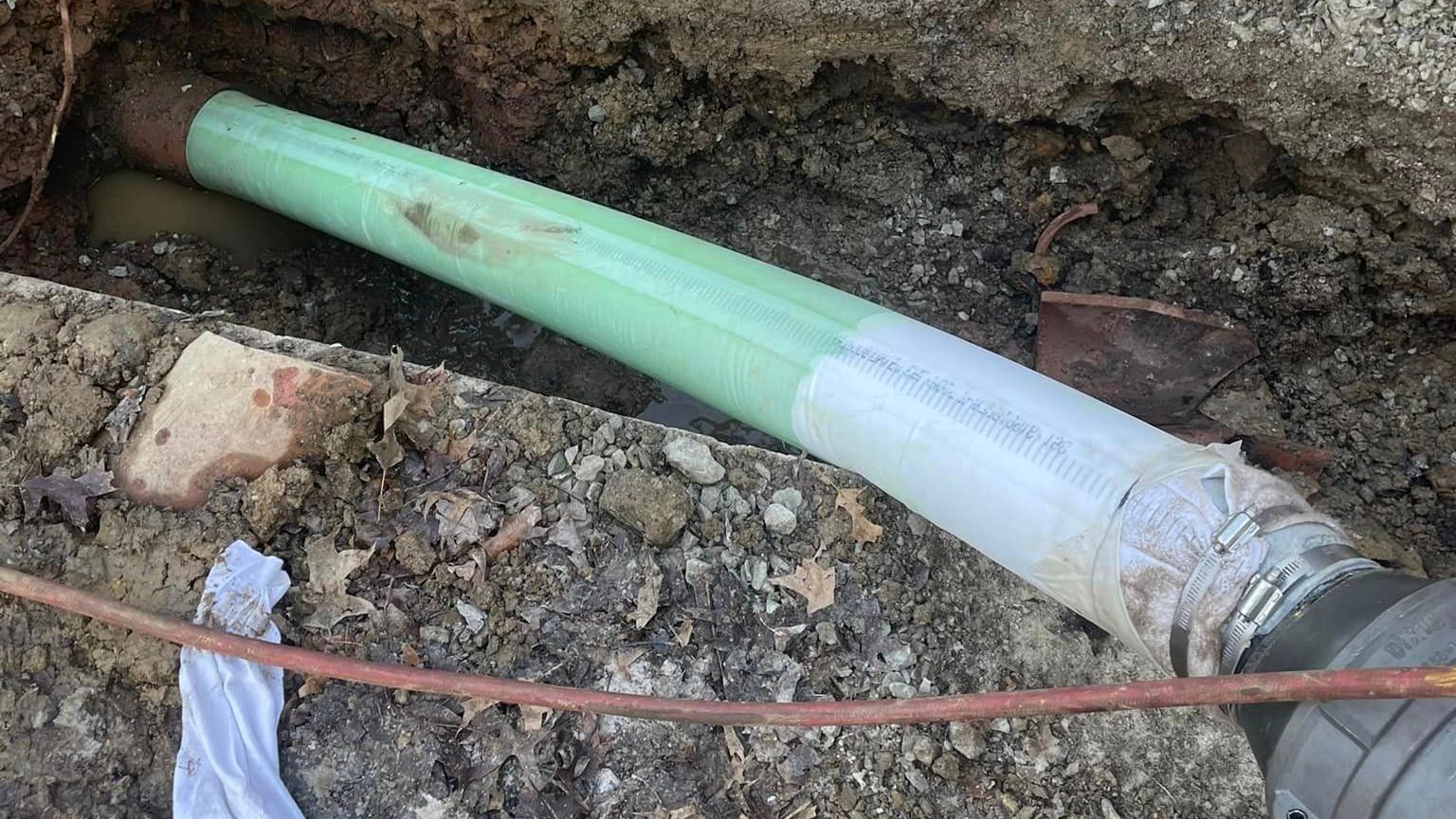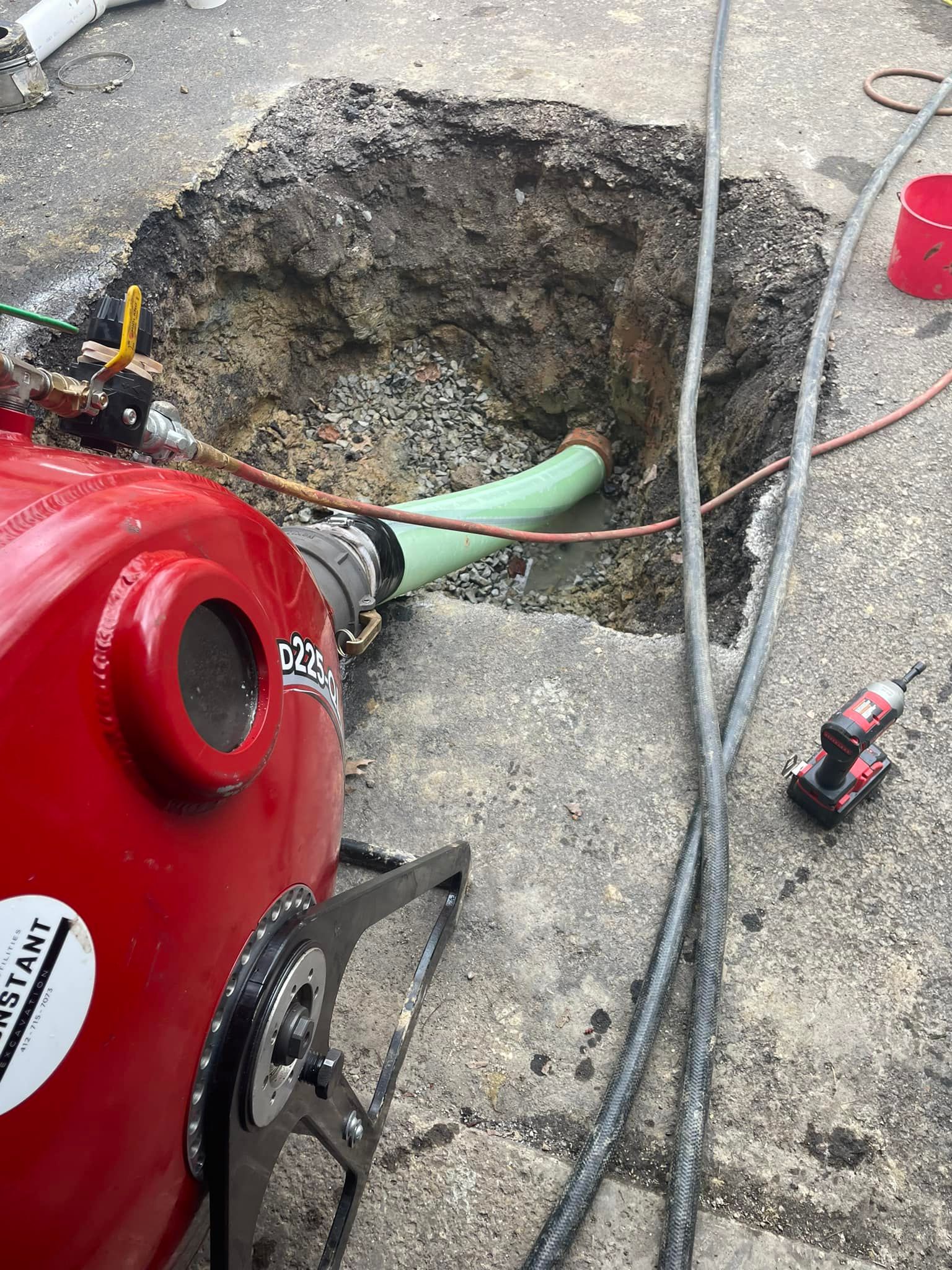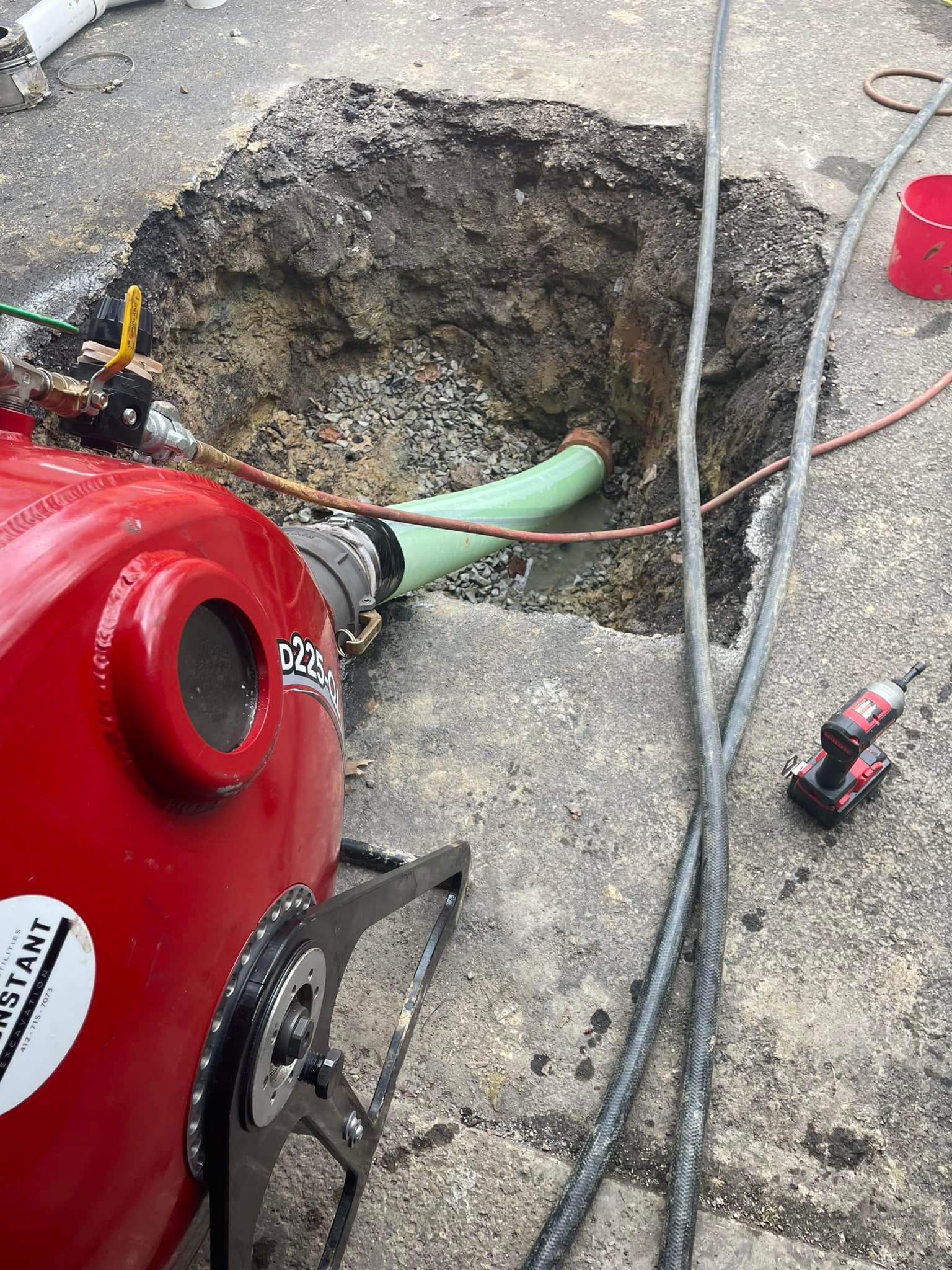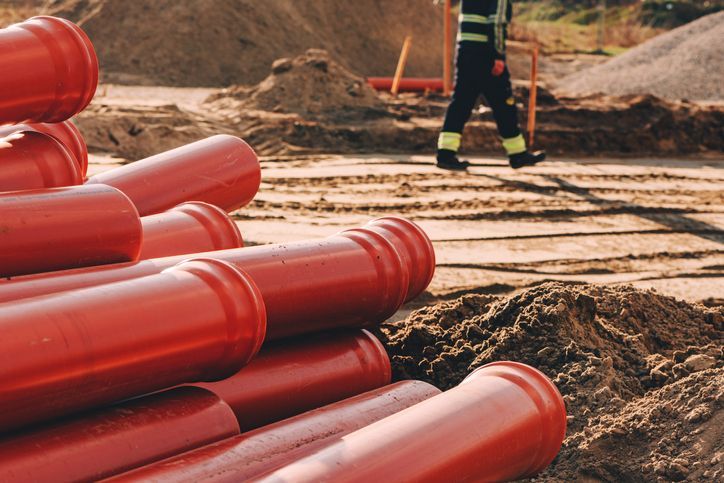What is Cured in Place Pipelining? CIPP
When it comes to repairing or replacing damaged sewer lines, homeowners have traditionally faced invasive methods that require extensive digging, disruption to landscapes, and lengthy repair timelines. However, the development of Cured-in-Place Pipelining (CIPP) technology has transformed how we approach pipe repair, offering a minimally invasive, efficient, and long-lasting solution. In this article, we’ll break down everything you need to know about CIPP, from what it is and how it works to its benefits, ideal use cases, and the process involved.
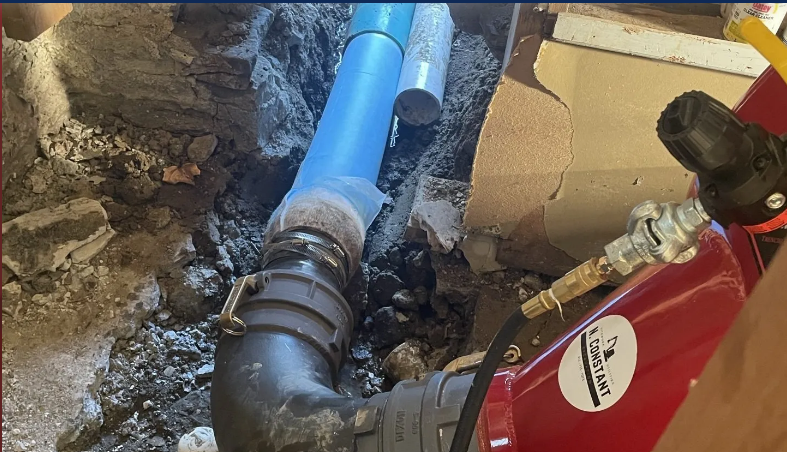
Understanding Cured-in-Place Pipelining (CIPP)
Cured-in-Place Pipelining is a trenchless pipe repair method that allows damaged sewer pipes to be repaired without digging large trenches or replacing the entire pipe system. Instead, a specialized resin liner is inserted into the damaged pipe and then "cured," or hardened, in place, creating a new, seamless pipe within the old one. This new pipe is structurally sound and resistant to leaks, corrosion, and cracks.
Originally developed in the 1970s, CIPP has gained popularity for its adaptability in both residential and commercial settings. Because it doesn’t require significant excavation, CIPP can be used to repair pipes under buildings, streets, and landscaping with minimal disruption to the surrounding area.
How Cured-in-Place Pipelining Works
The CIPP process involves several carefully executed steps that repair the damaged pipe from the inside out. Here’s an overview of the procedure:
1. Pipe Inspection and Cleaning
Before initiating CIPP, a thorough inspection of the pipe is performed using a sewer camera. This inspection helps pinpoint the exact location of damage, assess the condition of the pipe, and determine whether CIPP is the most suitable repair method.
Once the inspection is complete, the pipe is cleaned to remove debris, roots, and buildup that could interfere with the liner’s adhesion. This cleaning process often involves hydro jetting, a technique that uses high-pressure water to clear away obstructions.
2. Preparation of the CIPP Liner
A resin-coated liner is custom-cut to fit the length of the pipe that needs repair. The liner is typically made of a felt-like material that can be easily saturated with the resin. Once the liner is prepared, it’s inserted into the damaged pipe using specialized equipment, which may include inversion machines that allow the liner to be turned inside out during installation, helping it adhere closely to the interior surface of the existing pipe.
3. Installation and Curing Process
Once the liner is in place, the curing process begins. Curing is the process of hardening the resin to form a solid, durable new pipe inside the old one. There are two main methods for curing the resin:
- Hot Water or Steam Curing: Heated water or steam is circulated through the pipe, speeding up the curing process and ensuring the resin hardens uniformly.
- UV Light Curing: Ultraviolet (UV) light is sometimes used to cure the resin. This method is often faster and allows for greater control over the curing process.
Once curing is complete, the liner solidifies into a new, seamless pipe that’s tightly bonded to the old pipe, effectively sealing cracks, gaps, and leaks.
4. Final Inspection
After the liner has cured, another inspection is performed to ensure the repair was successful. This final check verifies that the pipe is fully sealed and free from defects. The newly lined pipe can be put back into service immediately, with minimal downtime for the property owner.
Benefits of CIPP
Cured-in-Place Pipelining offers numerous advantages over traditional pipe repair methods. Here are some of the main benefits that make CIPP a preferred solution for pipe repair:
1. Minimal Disruption to Property
One of the biggest advantages of CIPP is that it requires minimal excavation. Traditional pipe repair often involves digging large trenches to access and replace damaged pipes, which can disrupt landscapes, driveways, and even interior flooring. CIPP avoids these issues, providing a cleaner and faster solution.
2. Cost-Effective
While CIPP may have a higher upfront cost than traditional methods, it often proves to be more cost-effective in the long run. Property owners save on landscaping, driveway repairs, and other associated restoration costs. Additionally, the durability of the CIPP liner means fewer repairs are needed over time.
3. Durability and Longevity
CIPP liners are made from high-quality materials that resist corrosion, cracks, and leaks. Once cured, these liners have a lifespan of up to 50 years or more, making them an excellent long-term investment.
4. Quick Turnaround Time
Because CIPP is trenchless, the repair process can be completed within a matter of hours rather than days. This reduces downtime for both residential and commercial properties, allowing homeowners and businesses to return to their normal routines faster.
5. Environmental Benefits
By reducing the need for digging, CIPP minimizes soil displacement and prevents contamination of nearby water sources. The CIPP process also reduces waste because the old pipe remains in place, meaning no materials need to be removed or disposed of.
Ideal Use Cases for CIPP
CIPP is a versatile solution that can be applied to a wide range of scenarios. Some ideal use cases for CIPP include:
- Residential Sewer Line Repairs: For homeowners experiencing frequent sewer backups, slow drains, or foul odors, CIPP can restore the functionality of the sewer line without disrupting landscaping or hardscapes.
- Commercial and Industrial Properties: Businesses and industrial facilities with pipes under concrete slabs, floors, or parking lots benefit from CIPP’s non-invasive repair method.
- Municipal Sewer Systems: City sewer systems often rely on CIPP to repair aging infrastructure without disrupting traffic or disturbing the surrounding community.
CIPP vs. Traditional Pipe Repair Methods
Comparing CIPP to traditional pipe repair methods reveals several key differences that highlight the benefits of CIPP:
- FeatureCIPPTraditional RepairExcavation Required | Minimal | Significant
- Repair Time | Hours | Days
- Cost | Moderate to High (upfront) | High (due to restoration)
- Durability | 50+ years | 20–30 years
- Environmental Impact | Low | High
Frequently Asked Questions about CIPP
1. How long does a CIPP repair take?
The CIPP repair process generally takes between 3–6 hours, depending on the length and diameter of the pipe. More extensive or complex repairs may take slightly longer.
2. Is CIPP safe for drinking water lines?
CIPP is commonly used for sewer and wastewater pipes, but specialized CIPP liners are available for potable water lines. It’s essential to work with a provider experienced in using the correct materials for safe drinking water applications.
3. What is the cost of CIPP?
CIPP costs vary depending on factors like pipe diameter, length, and the degree of damage. On average, CIPP costs between $80–$250 per foot.
4. How long will a CIPP repair last?
CIPP liners are designed to last up to 50 years, providing a durable solution that often outlasts traditional pipe repair methods.
Why Choose CIPP?
Cured-in-Place Pipelining (CIPP) is a groundbreaking method for repairing damaged pipes without excavation. This minimally invasive technique offers numerous benefits, including faster repairs, long-lasting results, and cost savings over time. Whether you’re a homeowner dealing with frequent sewer line issues or a business owner seeking to avoid disruptions, CIPP is an effective, efficient, and environmentally friendly solution.
For Pittsburgh homeowners, choosing a reliable provider like N. Constant Excavation & Plumbing ensures that your CIPP repair is handled professionally and efficiently, restoring your pipes and peace of mind. If you’re considering CIPP for your sewer line needs, reach out to us today for a consultation.
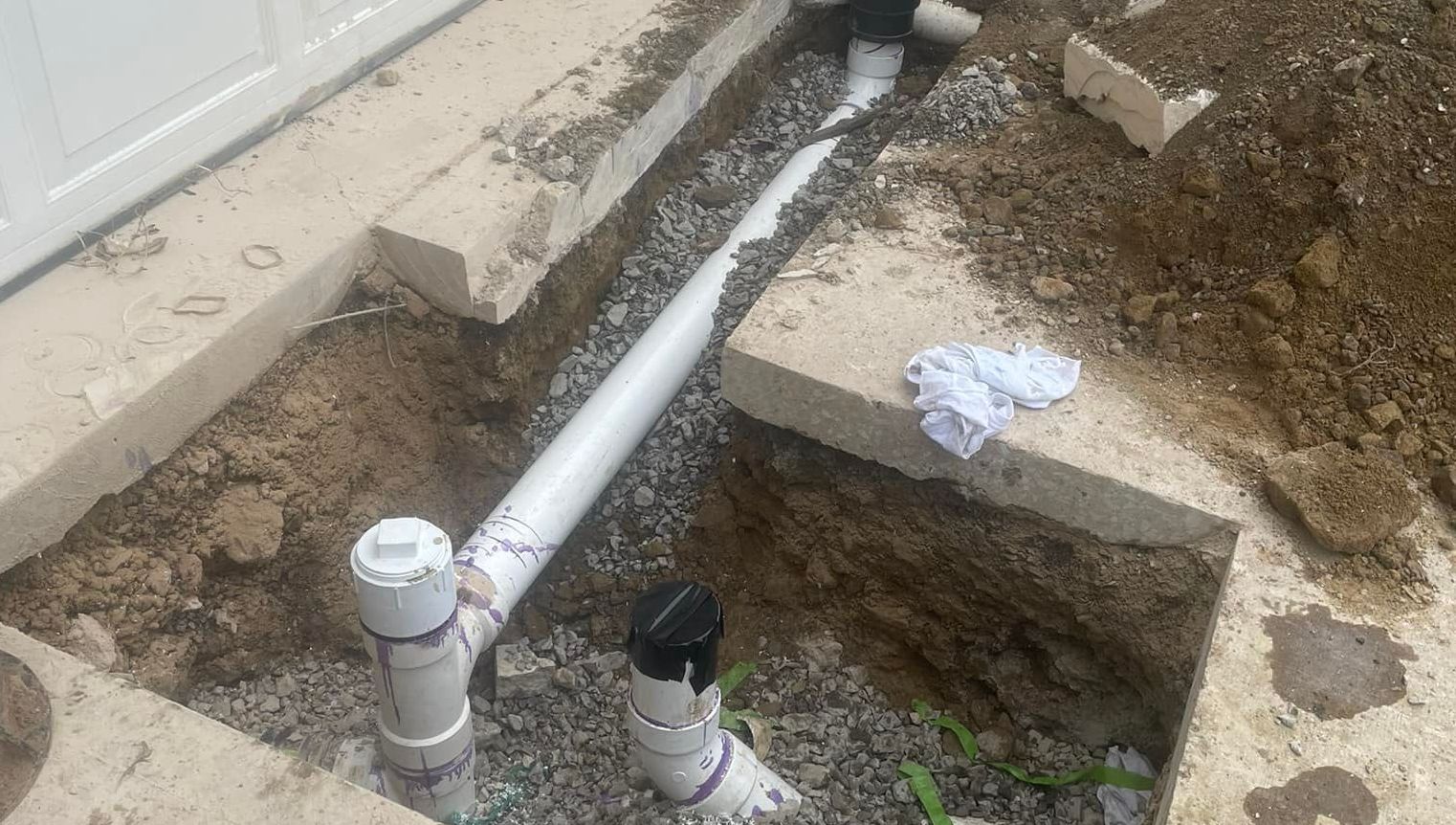


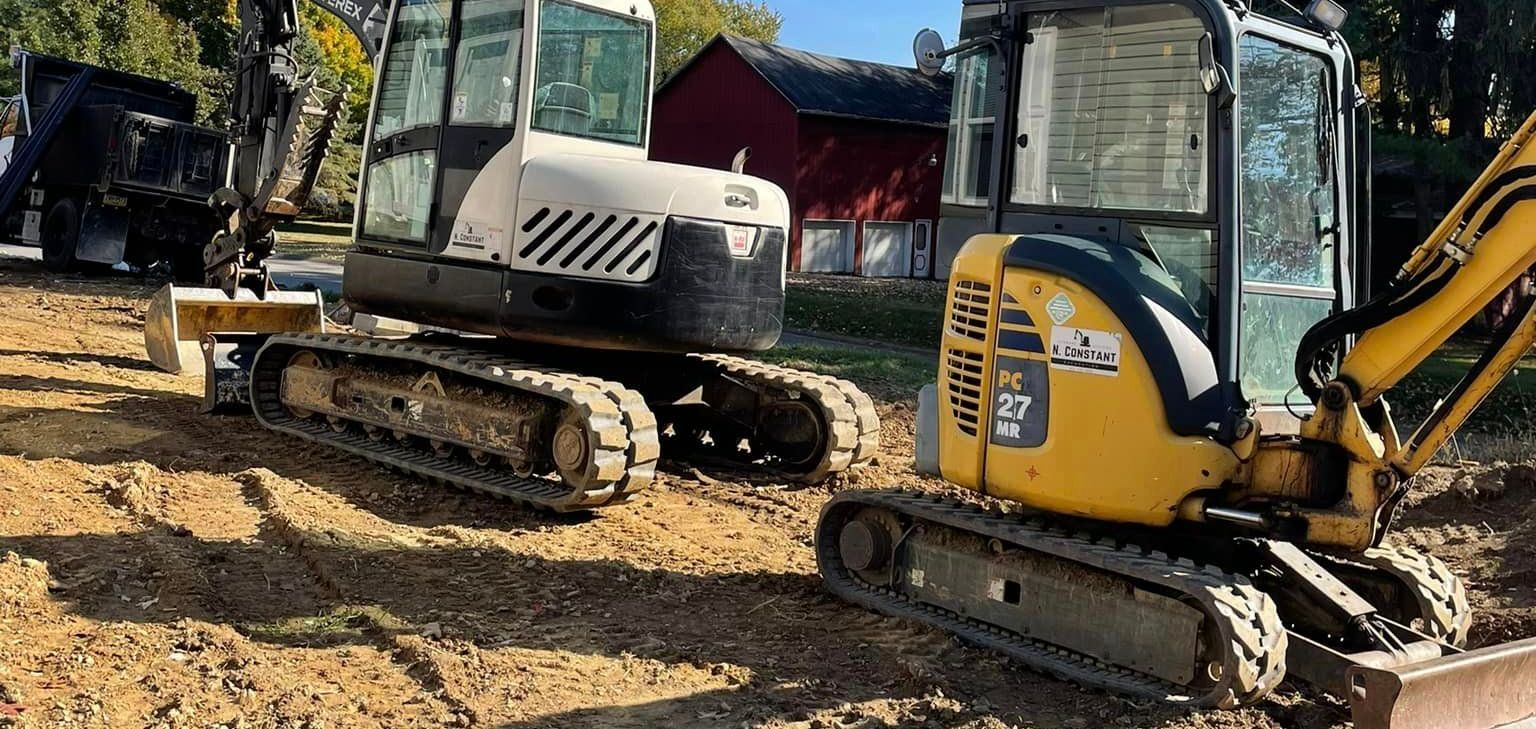

© 2023 All Rights Reserved | N. Constant Excavation | Website Design By Higher Images, Inc.



